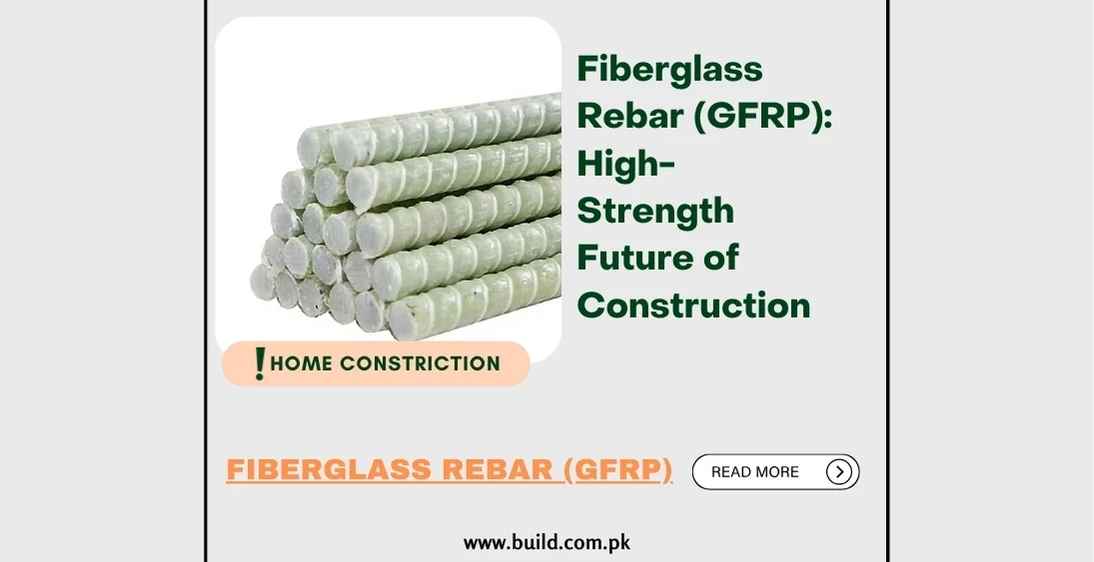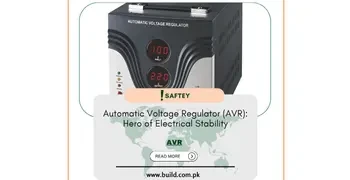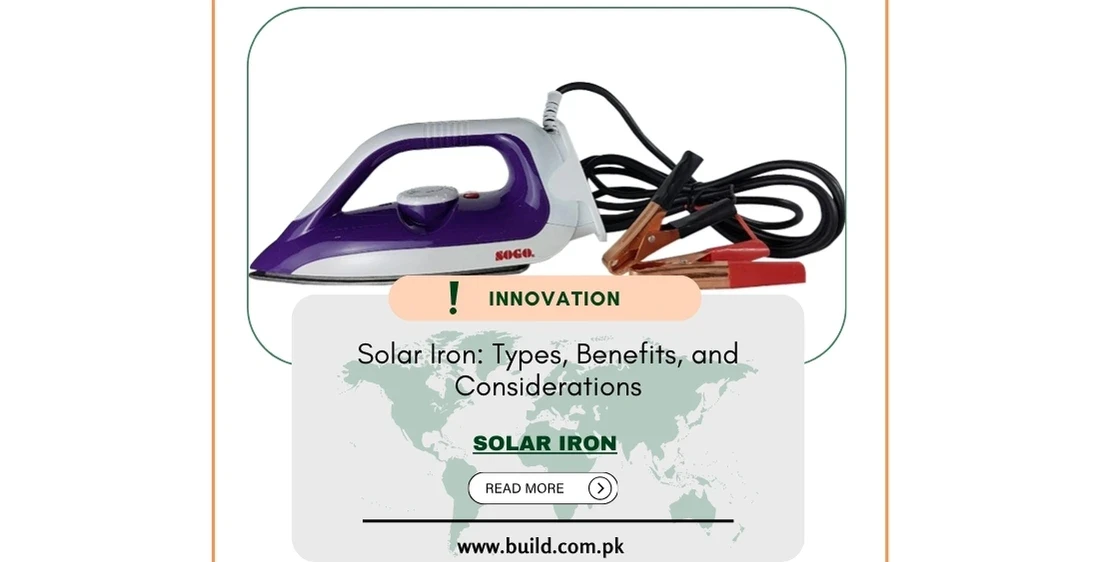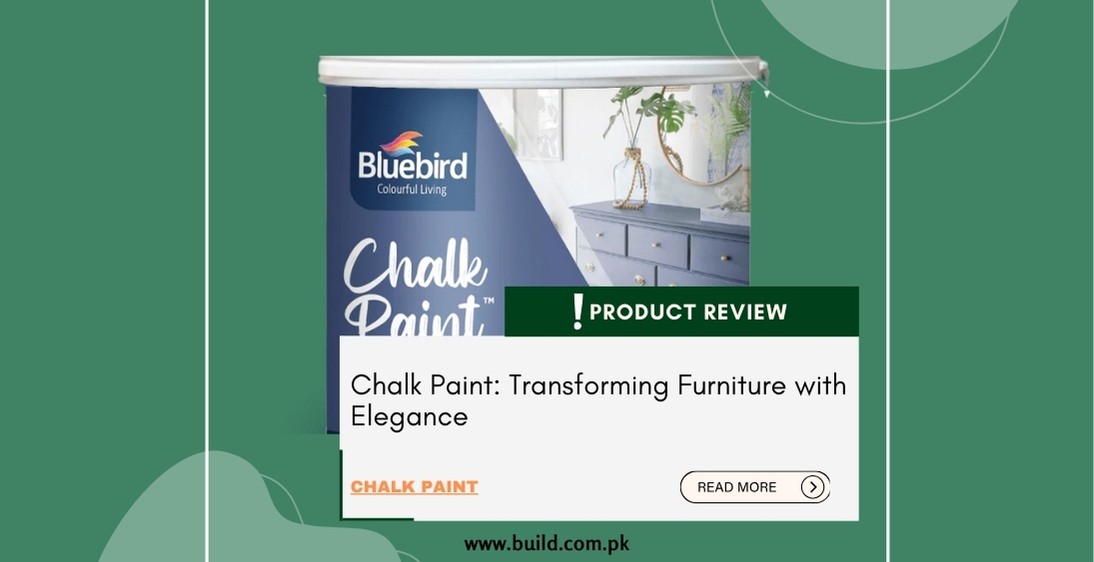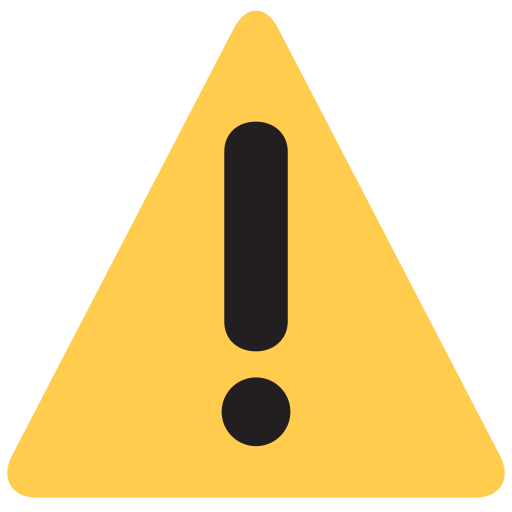Floor Cleaning Brushes: Essential Tools for Pristine Floors
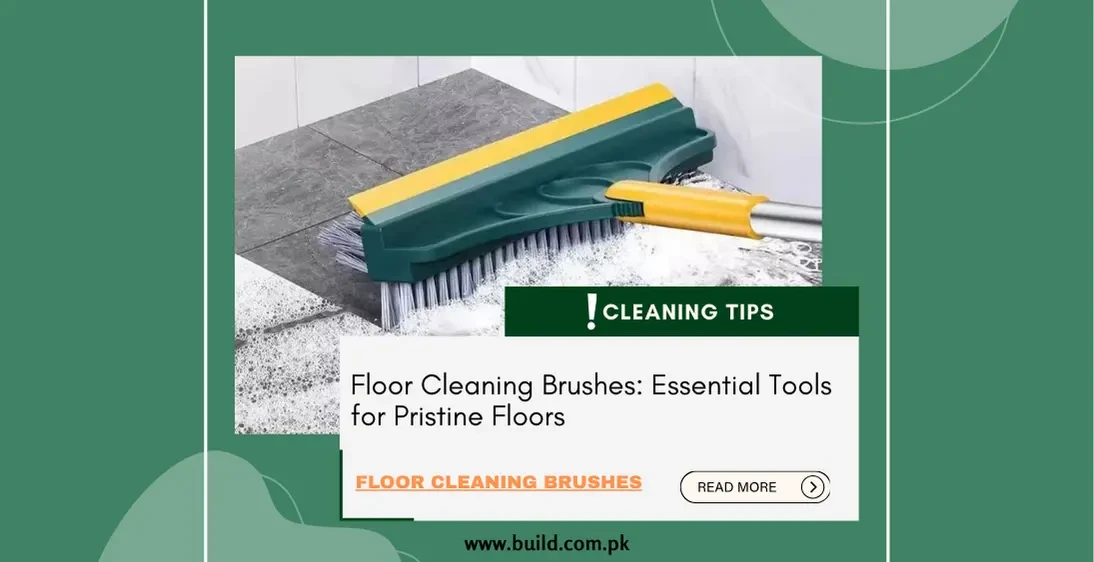
Introduction:
Maintaining
clean and spotless floors is crucial for the overall hygiene and aesthetic
appeal of any living space. Floor cleaning brushes are indispensable tools that
help achieve this goal efficiently. These brushes come in various types, each
designed to tackle different flooring materials and cleaning challenges. This
comprehensive guide delves into the types of floor cleaning brushes, their benefits,
how to choose the right one, and tips for effective floor cleaning.
Types of Floor Cleaning Brushes
Scrub Brushes:
Scrub
brushes are designed with stiff bristles and are ideal for deep cleaning tasks,
particularly on hard surfaces like tile, stone, and concrete. They can
effectively remove stubborn dirt, grime, and stains. Scrub brushes come in
different shapes and sizes, including handheld versions and those with long
handles for standing use. The bristles are usually made from synthetic materials
like nylon, which resist water and maintain their stiffness over time.
Push Brooms:
Push
brooms are large brushes with wide heads designed to sweep large areas
efficiently. They are perfect for cleaning expansive floors, including garages,
warehouses, and patios. Push brooms typically feature a wide head with dense
bristles that can be made from natural fibers like broomcorn or synthetic
materials like polypropylene. The bristles are arranged in rows to capture
dust, dirt, and debris effectively. Push brooms are available in different
widths, with larger ones suited for expansive areas and narrower ones for more
confined spaces.
Floor Scrubbers:
Floor
scrubbers are advanced cleaning tools equipped with rotating or oscillating
brushes that provide thorough cleaning for various floor types. They are
typically used in commercial settings but are also available for home use.
Floor scrubbers come in manual and electric versions. Manual floor scrubbers
require physical effort to move and scrub the floors, while electric models
feature motorized brushes that make the cleaning process more efficient and
less labor-intensive. These machines can handle a range of flooring materials,
from tile and hardwood to linoleum and vinyl.
Dust Mops:
Dust
mops are designed to collect dust, dirt, and hair from smooth floor surfaces.
They are perfect for daily maintenance and light cleaning of hardwood,
laminate, and tile floors. Dust mops typically feature a wide, flat head
covered with a soft, dust-attracting material such as microfiber or cotton.
Microfiber mops are particularly effective at trapping fine dust particles and
can be used dry or slightly dampened. The mop heads are often detachable and
machine washable, making them easy to clean and reuse.
Wet Mops:
Wet mops are designed for cleaning floors with water and cleaning solutions. They are suitable for removing spills, stains, and grime from various floor surfaces, including tile, vinyl, and sealed hardwood.Wet mops come in several styles, including traditional string mops, flat mops, and sponge mops. String mops have long, absorbent fibers that can hold a significant amount of water and cleaning solution, making them ideal for tackling large, dirty areas. Flat mops feature a flat head with a microfiber or disposable pad that is excellent for scrubbing and drying floors quickly.

Benefits of Using Floor Cleaning Brushes
Efficient Cleaning:
Floor cleaning brushes are designed to tackle specific
cleaning tasks efficiently, whether it's sweeping large areas, scrubbing tough
stains, or maintaining daily cleanliness. Using the right brush for the job can
significantly reduce cleaning time and effort. Scrub brushes with stiff
bristles can quickly dislodge dirt and grime from textured surfaces, while
soft-bristled dust mops can capture fine dust particles with a single pass.
Versatility:
With a variety of brushes available, you can find the perfect tool
for any flooring material and cleaning requirement, ensuring optimal results
without damaging the floor. Floor cleaning brushes are designed to cater to a
wide range of flooring materials, from delicate hardwood to durable concrete.
Improved Hygiene:
Regular use of floor cleaning brushes helps maintain a clean
and hygienic environment, reducing the risk of allergens, bacteria, and dirt
accumulation. Regular sweeping and scrubbing with appropriate brushes can help
eliminate dust, dirt, and allergens that accumulate on floors. This is
especially important in households with children, pets, or individuals with
allergies.
Cost-Effective:
Investing in high-quality floor cleaning brushes can save you
money in the long run by reducing the need for professional cleaning services
and prolonging the life of your floors. High-quality cleaning brushes are
durable and designed to withstand regular use, making them a cost-effective
investment. By using the right tools to maintain your floors, you can prevent
damage and wear that might otherwise require costly repairs or replacements.
How to Choose the Right Floor Cleaning Brush
Consider the Flooring Type:
Different floor surfaces require different types of
brushes. For example, use soft-bristled brushes for delicate floors like
hardwood and stiff-bristled brushes for tough surfaces like concrete.
Understanding the specific needs of your flooring material is crucial when
selecting a cleaning brush. Hardwood floors require soft bristles to avoid
scratching the surface, while concrete floors can handle stiff bristles for
effective cleaning.
Assess the Cleaning Task:
Choose a brush that suits the specific cleaning task
at hand. Scrub brushes are ideal for deep cleaning, while dust mops are perfect
for daily maintenance. Consider the frequency and intensity of your cleaning
tasks when selecting a brush. For regular maintenance, a dust mop is ideal for
quick and easy sweeping.
Check the Handle Design:
Opt for brushes with ergonomic handles to reduce hand
and wrist strain during cleaning. Adjustable handles can provide additional
comfort and ease of use. The design of the handle plays a significant role in
the comfort and efficiency of your cleaning routine. Ergonomic handles reduce
strain on your hands and wrists, making it easier to clean for extended
periods.
Look for Durability:
Invest in brushes made from high-quality materials that
can withstand regular use and harsh cleaning conditions without wearing out
quickly.Durability is an essential factor when choosing a floor cleaning brush.
High-quality materials, such as synthetic bristles and sturdy handles, ensure
that the brush can withstand frequent use and the rigors of tough cleaning
tasks.
Maintenance and Storage:
Consider brushes that are easy to clean and store.
Detachable heads and compact designs can make maintenance and storage more
convenient. Easy maintenance and storage are important for prolonging the life
of your cleaning brushes. Detachable heads allow for thorough cleaning and
drying, preventing the buildup of dirt and bacteria. Compact designs make it
easier to store the brushes when not in use, keeping your cleaning area
organized.
Tips for Effective Floor Cleaning
Regular Sweeping:
Keep floors free of dust and debris by regularly
sweeping or using a dust mop. This prevents dirt from scratching or dulling the
floor surface. Frequent sweeping and dusting are essential for maintaining
clean floors. Dust and debris can accumulate quickly, especially in
high-traffic areas, leading to scratches and a dull appearance.
Cleaning Solutions:
Select cleaning solutions that are safe for
your specific floor type. Avoid harsh chemicals that can damage the flooring
material. The choice of cleaning solution is critical for protecting your
floors while ensuring effective cleaning. Harsh chemicals can strip the finish
from hardwood floors or damage the surface of delicate tiles.
Clean Spills Promptly:
Address spills and stains immediately to prevent them
from setting in and becoming harder to remove. Promptly cleaning up spills and
stains is essential for maintaining the appearance and hygiene of your floors.
Liquids can seep into the flooring material, causing stains and potential
damage.
Deep Clean Periodically:
Perform deep cleaning sessions periodically to remove
embedded dirt and grime. Use appropriate brushes and techniques for thorough
cleaning. In addition to regular maintenance, periodic deep cleaning is
necessary to remove embedded dirt and grime that accumulates over time.
Maintain Cleaning Tools:
Keep your floor cleaning brushes clean and in good
condition. Regularly wash and dry brush heads, and replace them when they show
signs of wear. Proper maintenance of your cleaning tools ensures that they
remain effective and hygienic. After each use, wash the brush heads thoroughly
to remove dirt and cleaning solution residue.
Conclusion:
Floor
cleaning brushes are essential tools for maintaining clean and beautiful
floors. By understanding the different types of brushes and their specific
uses, you can select the right tools for your cleaning needs. Regular cleaning,
combined with the proper techniques and maintenance, ensures that your floors
remain spotless and well-maintained. Investing in high-quality floor cleaning
brushes can save you time and money while providing a clean and healthy living
environment. Keep your floors looking their best with the right cleaning
brushes, and enjoy the comfort and beauty of a pristine home.
